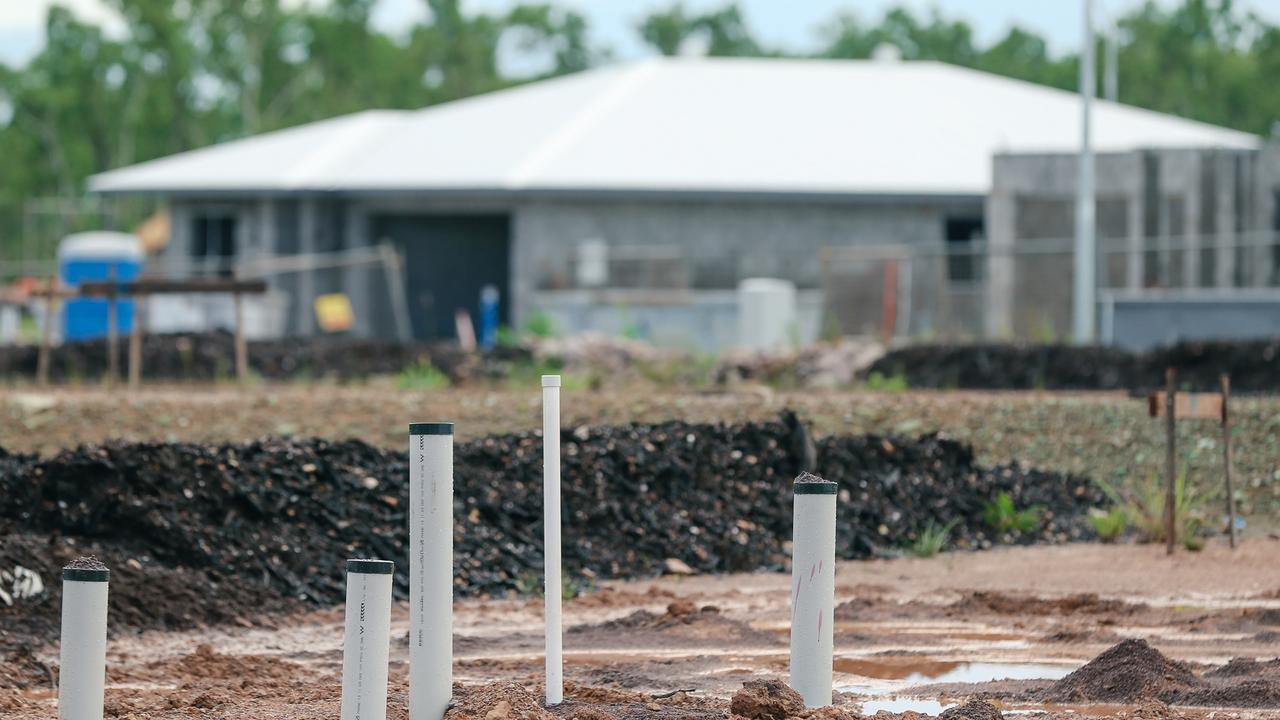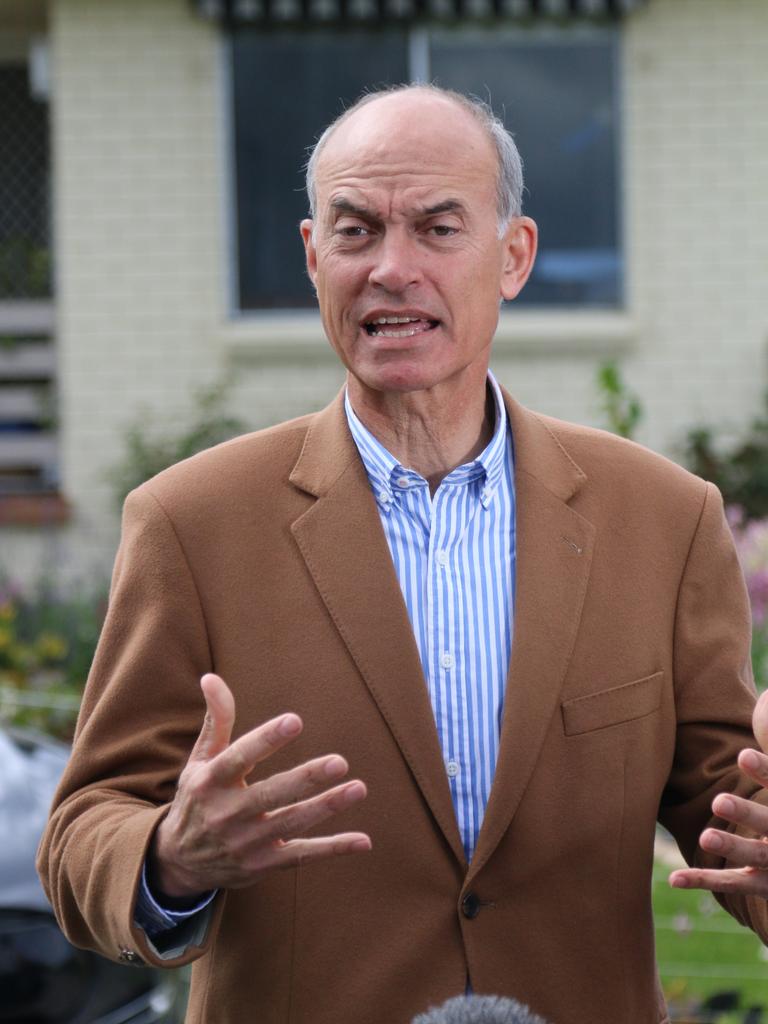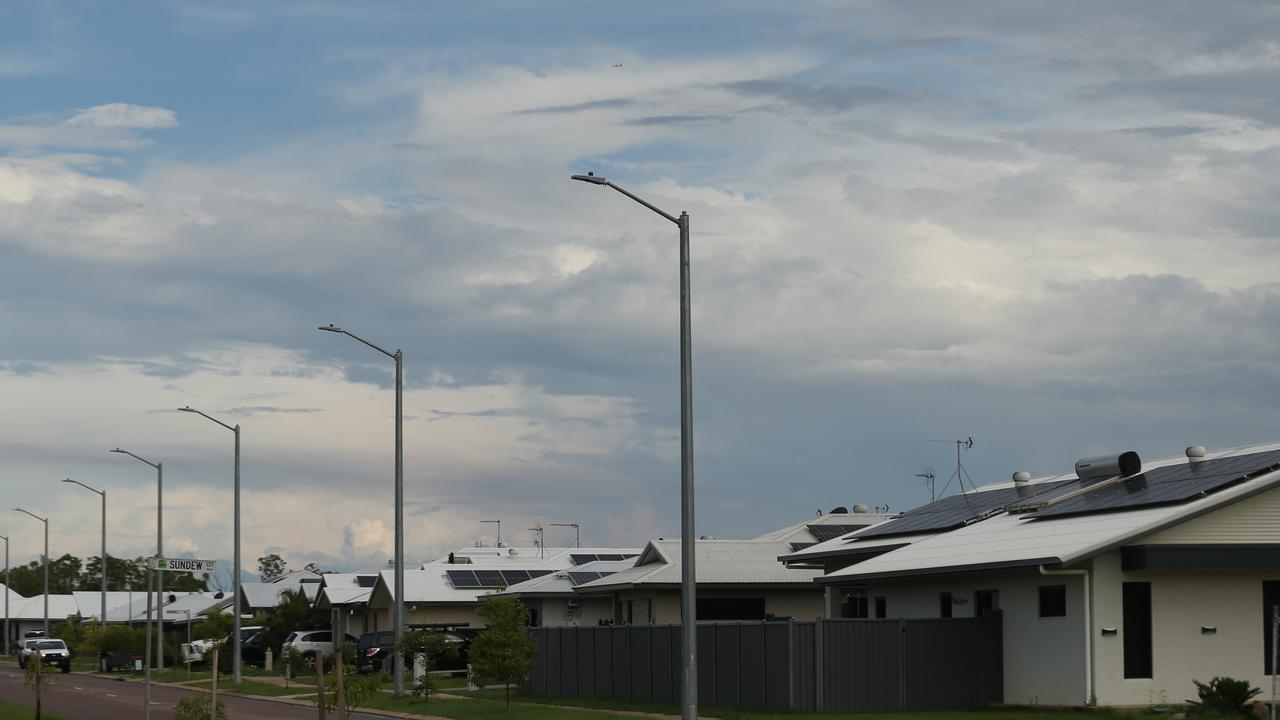Tasmanian government dismisses proposed solution to state’s ongoing rental crisis
The Tasmanian government has dismissed a proposed solution to the state’s housing crisis, despite a coalition of 12 leading community organisations imploring it to consider the move.

THE state government has ruled out introducing a levy on vacant homes after new data revealed thousands of residential properties were sitting empty across Tasmania.
Twelve community organisations – including the Tenants’ Union of Tasmania, the Tasmanian Council of Social Service, and Anglicare Tasmania – have written to the government asking that it consider implementing a 1 per cent levy on the assessed value of empty homes, arguing it would “maximise” the use of existing residential premises and bring cost of living pressures down.
The letter cited data from TasWater showing there were 907 empty residential properties in Hobart in 2021, 610 in Glenorchy and 1192 in Launceston. But the organisations say the real numbers are “almost certainly higher”.
State Development, Construction and Housing Minister Guy Barnett on Sunday dismissed the call for a vacant property levy.

“We have no plans to impose an empty homes tax, but will continue to examine innovative ways to meet this ongoing challenge,” he said.
Tenants’ Union principal solicitor Ben Bartl has said a levy would be preferable to a tax because the funds generated from the latter would simply go into consolidated revenue whereas a levy would enable the money to be spent on affordable housing.
Mr Barnett acknowledged the “difficulties” a “tight” housing market was causing for Tasmanians.
“Our focus is increasing housing supply with our 10-year, $1.5b housing package – the largest housing investment in the state’s history,” he said.
“That plan will deliver 10,000 new affordable homes and units by 2032.”
Greens leader Cassy O’Connor backed the call for a vacant property levy, noting that Vancouver, France, Ireland, Scotland and Melbourne had all introduced similar measures, which she said had incentivised owners of empty homes to return them to the rental market.

“It’s not enough for the Premier and his ministers to say 10 000 homes will be built within a decade,” she said. “Tasmanians need rental relief and affordable housing today.”
Labor MLC Josh Willie, meanwhile, said a levy was “not the answer to the housing market woes” and that some of the homes captured in the TasWater data may be “deceased estates”.
“We would encourage people who have a vacant house to rent those out to people who need a roof over their head,” he said.
“But there are many other ways the government could alleviate housing stress, whether that’s regulating the short-stay market [or] whether it’s getting on with fixing the 215 social and government houses that are currently uninhabited.”
‘Unfathomable’: 2700+ homes sit empty across state
With data revealing more than 2700 houses sat empty in three Tasmanian cities, community organisations are calling on the State Government to introduce an empty houses levy to ease the housing crisis.
In a letter signed by 12 community groups sent to the government late on Friday, they use TasWater data to show there were 907 residential properties in Hobart, 610 in Glenorchy and 1192 in Launceston that were empty during 2021.
They say the data is conservative and the true number of empty houses is “almost certainly higher”.
Tenants’ Union of Tasmania principal solicitor Ben Bartl said it was “incredibly disheartening “that in 2018 then Premier Will Hodgman called an urgent Housing Summit to address the housing crisis which had since worsened.
“We have seen median rents skyrocketing by $150 per week over the last five years, the social housing wait list has increased by more than 1500 applicants and the wait time for social housing has more than doubled to almost two years,” he said.

“It is unfathomable that in the midst of a housing crisis there were 2700 properties that sat empty in the Hobart, Glenorchy and Launceston City Council municipalities.
“Empty. For 12 whole months. In the midst of a housing crisis.”
“We cannot wait 10 years for more housing. We need more supply now.
“The easiest way to increase supply is to maximise the use of existing residential premises in our inner-city municipalities as has already occurred in Melbourne, Vancouver, France, Ireland and Scotland.”
Mr Bartl said the lack of housing was not just a human rights issue but also was leading to skill shortages and lost economic output.
“In 2021 Hobart lost 800 residents whilst 900 properties sat empty,” he said.
“In Glenorchy only 30 residents were added whilst 600 properties sat empty.
“Meanwhile, Clarence gained 1000 residents, Brighton 700 residents and Kingborough 400 residents.
“Maximising the use of existing residential premises will add vibrancy to our inner-city municipalities and reduce traffic congestion. “
A levy of one per cent on empty houses would allow the money to be spent on affordable housing whereas a tax, he said, would simply go into consolidated revenue.
Mr Bartl said the government needed to encourage owners of empty houses to make them available to long-term tenants.
“The 10,000 homes that they will build by 2032 are welcomed, but most of them will only be built in 2030, 2031 and 2032 if they are built at all,” he said.
In the letter, the organisations say the Tasmanian rental market is increasingly “unaffordable and unavailable”.
“Our data demonstrates that over the last five years median rents across Tasmania have increased by 50 per cent,” they wrote.

“Recent reports confirm Greater Hobart as Australia’s least affordable metropolitan area relative to income, with the median tenant in rental stress.
“Affordability has also worsened in most parts of regional Tasmania.
“The lack of affordable rental properties in the private rental market and inadequate social housing has also increased homelessness.
“The lack of affordable housing is also undermining productivity and economic growth with employers across Tasmania unable to fill job vacancies.”
The organisations draw on the experience in Vancouver, Canada where they say that since a one per cent levy was introduced in 2017 there has been a 36 per cent drop in the number of empty homes and more than $115m raised for affordable housing.
“The levy is not intended to punish investors but rather to encourage them to make their investment properties available in the long-term rental market,” they wrote.
“In Melbourne, the empty homes levy only applies to vacant residential properties in inner and middle suburbs. Vacant residential properties outside these suburbs are not subject to the levy.
“As well, the levy does not apply to holiday homes, premises being renovated or premises that are not a principal place of residence but are used for work purposes.”
They say maximising the use of existing residential premises will put downward pressure on the rising cost of living.

“For example, the return of a mere 113 short stay accommodation properties to the long-term rental market in the Hobart City Council municipality during Covid resulted in a 9 per cent reduction in rents.
“In 2021 there were 907 properties in the Hobart City Council municipality that were empty.
“Using the Vancouver example of a 36 per drop in the number of empty homes after the empty homes levy was introduced, there are an estimated 326 empty homes in the Hobart City Council municipality, 429 in the Launceston City Council municipality and 219 in the Glenorchy City Council municipality that could be returned to the long-term rental market municipality in the short-term.”
They acknowledge that the introduction of an empty homes levy would take time to implement and investors would need encouragement such as waiving land tax for a year or an interest-free loan to bring properties up to standard to meet tenancy laws.
It is critical that we address the housing crisis by increasing supply.
“We strongly believe it is time for the government to consider initiatives which utilise existing properties to address current unmet housing need.”
The organisations that signed the letter are:
> TasCOSS
> Shelter Tasmania
> Tasmania University Students Association
> YNOT
> Tasmanian Aboriginal Centre
> COTA Tas
> Anglicare
> Community Legal Centres Tasmania
> Tenants’ Union of Tasmania
> JusTas
> Women’s Legal Service
> Hobartians Facing Homelessness
Originally published as Tasmanian government dismisses proposed solution to state’s ongoing rental crisis




